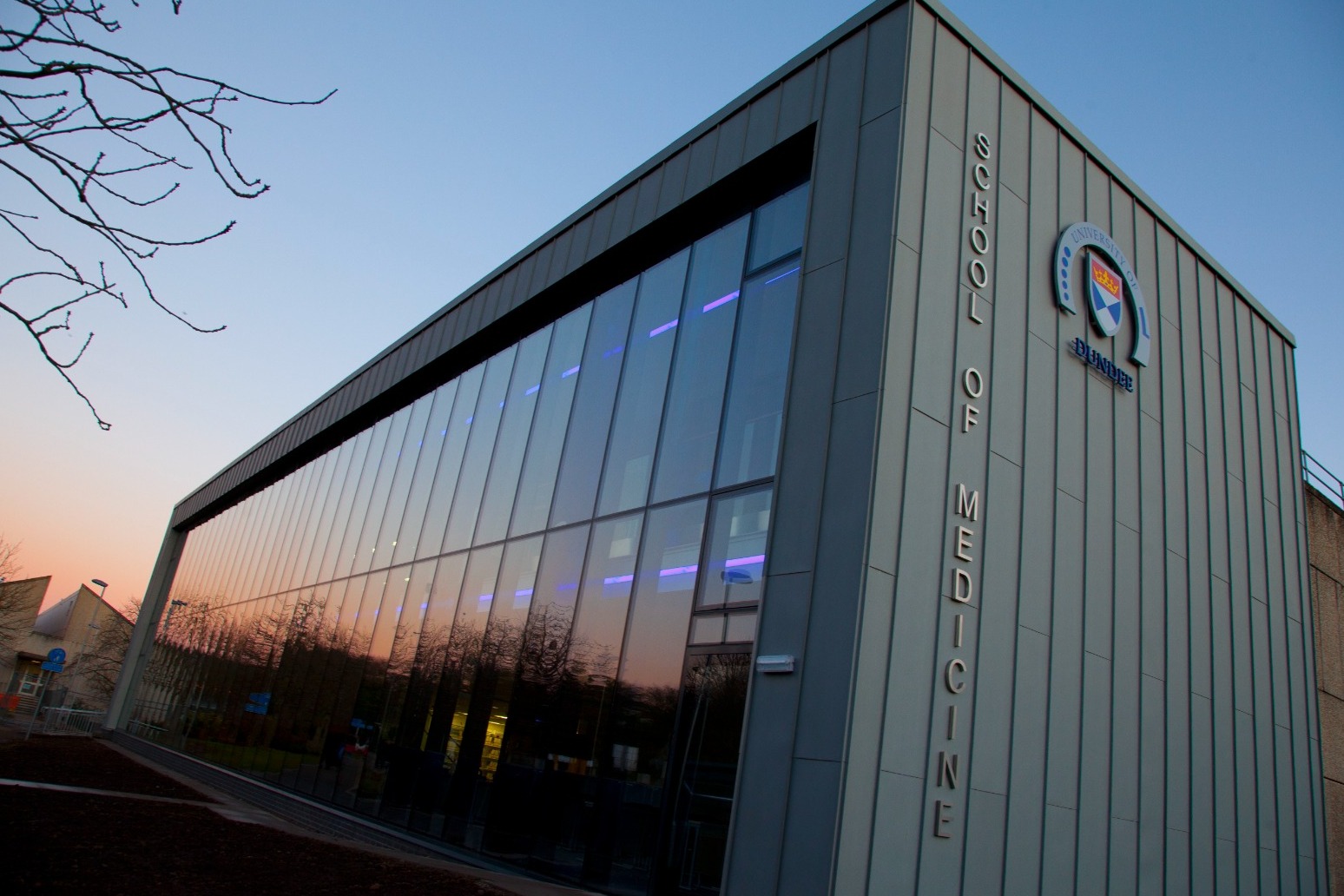-
 play_arrow
play_arrow
Kl 1 Radio Local radio for west Norfolk
-
 play_arrow
play_arrow
KL DISCO KL Disco Playing Disco Music from the 70's onwards.24/7
-
 play_arrow
play_arrow
KL COUNTRY KL COUNTRY Playing New and Classic Country Music 24/7
-
 play_arrow
play_arrow
KL ROX KL ROX The best of New and Classic Rock.24/7
-
 play_arrow
play_arrow
KL SUMMER Summer Vibes 24/7 from KL1 Radio across West Norfolk
-
 play_arrow
play_arrow
KL CLASSICAL Your Symphony Starts Here
-
 play_arrow
play_arrow
KL CHILL Just Chill!
-
 play_arrow
play_arrow
KL POP The Best POP Hits all day Long!
-
 play_arrow
play_arrow
KL XTRA KL XTRA
music_note

A “simple” MRI scan can identify people at risk of heart disease 10 years before they have a heart attack or stroke, scientists have announced.
Researchers at the University of Dundee made the breakthrough by analysing data from thousands of volunteers in the Tayside area collected between 2008 and 2013.
When their data was collected none of the 5,015 volunteers had a history of cardiovascular disease, and none were at “immediate risk” of the disease.
When the team looked at the data a decade on, it became apparent that an increased (but normal) mass of the heart’s left ventricle was a “clear indicator” of a risk of future cardiovascular disease.
This was the case even when the organ was functioning correctly at the time of assessment.
The study also identified different risk factors in men and women, with a larger left ventricle in men being linked with diastolic blood pressure, while in women it was linked with cholesterol.
Ventricles are the lower “chambers” of the heart that pump blood to different parts of the body, with the right ventricle pumping blood to the lungs, and the left ventricle supplying blood to the rest of the body.
Study lead Professor Jill Belch, of the university’s School of Medicine, described the findings as a “very exciting and significant development”.
“We looked at thousands of health records and it became apparent that the mass of the left ventricle was a clear indicator of future risk of cardiovascular disease,” she said.
“What made our findings particularly interesting was the difference we noted between men and women.
“In men, we found that a larger left ventricle, associated with heart attack and stroke, was linked to the diastolic – the bottom measure – blood pressure. This level was what we would consider to be normal, albeit in the upper level.
“In women, we found a link between an increase in left ventricle mass and cholesterol. Again, this level was in the upper end of what we would consider normal.”
She explained that the blood pressure and cholesterol levels in themselves would not have led to preventative treatment being offered.
Prof Belch went on: “We have clearly identified a very early marker of future cardiovascular disease which can be detected via a simple MRI scan.
“This is a widely available, easy to perform procedure that our study has proven to be able to identify people at risk of cardiovascular disease who may have no other identifiable risk factors, 10 years before the event.
“The ability to provide pre-emptive treatment for patients at a stage where their heart is working perfectly well could save vast numbers of lives which are cruelly taken from us as a consequence of cardiovascular disease.”
She added: “The volunteers who took part in this study had no immediate risk of heart disease.
“This is exciting as it allows us to pick up people, and treat them, before any organ damage has occurred.”
Cardiovascular disease can refer to several conditions that narrow or block blood vessels, including heart attack, stroke and heart failure.
While some people are susceptible for genetic reasons, a person’s likelihood of developing cardiovascular disease can be increased by factors like smoking, obesity, poor diet and lack of exercise.
The findings have been welcomed by the charity Chest Heart and Stroke Scotland (CHSS), which funded the study, with chief executive Jane-Claire Hudson saying they are “proud” to have supported the research.
“Studies like this are vital in enhancing our understanding of heart and stroke conditions as well possible ways to try and prevent their occurrence or reduce their impact on those currently affected,” she said.
“This research, combined with the work CHSS delivers across the country, can help us make a positive impact to people’s health in Scotland and ensure no life is half lived.”
The study was published in the journal Radiology.
Published: by Radio NewsHub

Similar posts
Upcoming shows

Richard Dix – KL1 Drive
4:00 pm - 7:00 pm

80’s ’til 8
7:00 pm - 8:00 pm

Gary Steele – Rock Show
8:00 pm - 11:00 pm

Night Trax
12:00 am - 7:00 am

Paul Baker – KL1 Breakfast
7:00 am - 10:00 am
-

Rising costs cast doubt on Southgates masterplan

Bill on Assisted Dying faces key vote at Scottish Parliament

King to host French president Emmanuel Macron on state visit to UK in July

Marks Spencer reveals customer data taken by hackers after cyber attack

Unemployment rate hits near four year high as wage growth falls ONS
Message Us
Copyright The Mediasite UK - 2025



